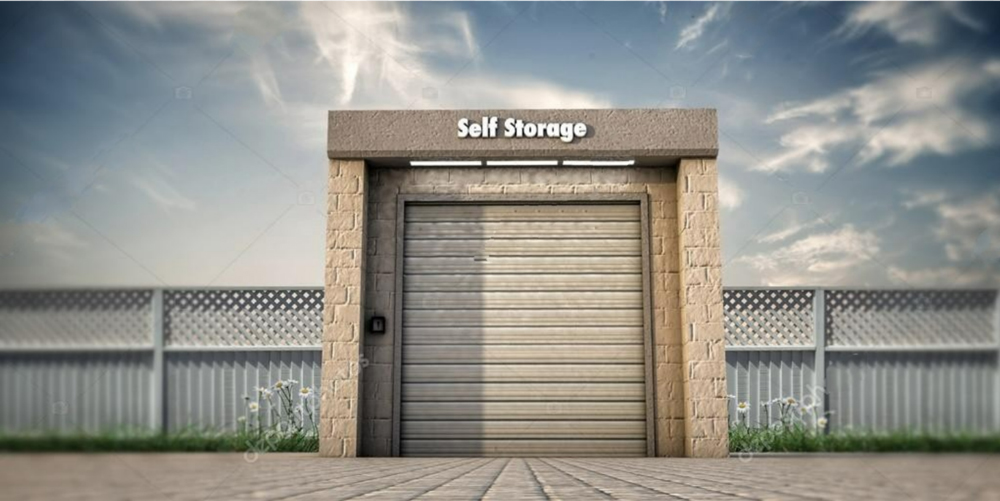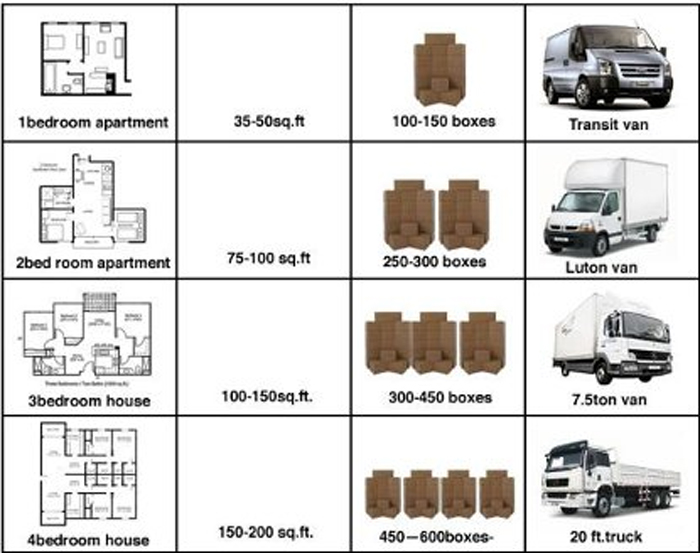What is self-storage and how can it help my business?
Self-storage
Warehousing, just on a smaller scale

Self-storage is a fantastic way to secure flexible, safe warehousing for your business, if you don’t require (or can’t afford) a leasehold on an entire warehouse. That said, we think self-storage is underrated. With members of the LOGISTO Team having utilised substantial space within many self-storage locations for ecommerce businesses, we now have a very good understanding of the benefits (and watchouts) for using self-storage sites as warehousing for your business. We will cover those in this section of the Knowledge Centre…and of course, please search the LOGISTO Directory to locate a self-storage provider for your requirements (and realise one or two tailored LOGISTO benefits!).
Starting with the basics
What is self-storage?

Originally, self-storage was a business designed to help those with too many personal belongings (and not enough space!), store them in a safe and secure location, on a flexible basis. Think, moving house, hobby collector, or someone living abroad that wants to keep some possessions in the UK. Whilst that was the original premise, that has changed significantly over the last 5-10 years, with numerous businesses now making self-storage locations their main business address; for warehousing and/or for office purposes.
Self-storage facilities themselves are comparable across the UK (or further afield) and primarily consist of a large warehouse (purpose built or retro fit) which are portioned up into numerous small units. These units will vary from wardrobe sized, through to vast units designed to operate as a small warehouse site, often for ecommerce businesses. We should dive into a little more detail. Let’s do that now.
What size do you need for your business?
Undoubtedly the main requirement, how much are you going to be storing at the self-storage and for how long? If this is to be the main warehouse for your business, you need to plan how often you will receive deliveries and what the accessibility requirements will be (more on that later)? For example, are you starting with a full 40ft containers volume worth of product? Are you going to require racking for your product or will the product be stored in cartons? If it is the former, it will make it easier to locate your product, but will take up more space. Conversely, the latter will save space (think a giant game of Tetris as you stack boxes) but can be a bit of a nightmare (trust us!) to manage and locate your stock, especially if you have a lot of SKU’s!
Below, we have provided an infographic based on a homes, boxes and vehicles to give you a flavour of the requirements for square footage.

As you will most likely be shipping container loads of product, please note the following square foot storage unit you will require to store those products. Note: This is the space required to store the container in full and doesn’t allow for easy access to the product. We recommend renting additional space to allow you to move around the product.
20ft container: 160sqft. unit
40ft container: 320sqft. unit
40ft HQ container: 360sqft. Unit
With the above in mind, the beauty of self-storage is that it is easy to flex up your capacity requirements on a temporary basis, so you aren’t restricted like you might be in a traditional warehouse.
That said, if you have any questions on this or would like to discuss the requirements for your product type, then please drop us a note and we will be happy to help.
What accessibility do you require at your self-storage site?
At first, this may seem a trivial question, but let us dive a little deeper. The first thing to consider is the hours that you can access your storage unit. Are you only able to access your unit during office hours, perhaps 9am-5pm or is it 24-hour access, allowing you to run your business when you like?
Next, and linked to the above, how can 3rd parties access the site for collection. For example, if you run an FBA business and require UPS to collect your parcels during the week, is there a safe and dry area for your cartons to be stored? Are the hours suitable to allow UPS to collect and is the self-storage reception fine with this process?
Lastly, before you are able to send products out to Amazon or customers, you will be required to get the products into your self-storage unit. This can cause a few issues, if the proposed site is not set up correctly. As many e-commerce business ship container loads of products, the self-storage site will need to be able to handle HGV’s with 20ft or 40ft containers. This means they will need the space to allow the vehicles to safely access, unload and depart.
Further to this, you need to understand if the site can support the unloading of your container. If your product arrives on pallets, then the self-storage will need a forklift to support the unloading of your products.
Note: It is always good to check with your haulage/delivery partner whether they will deliver on a vehicle with a tailgate to assist with devanning or not.
Next. How secure is the site? Do you recover additional insurance?
If you are running a business from the storage site and have high volume of product stored in the unit (and cost!), you will want to make sure the site is secure. Within the building itself, does the site seem secure, with only those people with units able to access the building? Is there keypad entry and can you safely secure your unit with a padlock?
Externally, does the site have perimeter fencing and security cameras in operation? Are there alarms and is the alarm connected to an external company that will visit in the event of activation?
If you’re happy with the security, you should also consider your insurance requirements. There is often the option (sometime mandatory) to include insurance in your monthly rental. However, if you can, then it often best to source insurance separately to that offered by self-storage units as 1) it will give you more comprehensive cover (and peace of mind!) and 2) will often save you money.
At this point it is also worth noting what you can and cannot store in a self-storage unit. It is largely what you might expect, anything living (including people sleeping in the unit!), perishable or flammable, combustible or hazardous to health. Nothing unexpected, but worth remembering.
All sound sensible so far? Hopefully so. Now, the final key thing to consider – the price!
If you are happy with all the above-mentioned considerations, then your selection will come down to the cost of the units. There are a few sub considerations when determining the price, (that we have now come to understand after renting storage units for our businesses for the last 7 years), notably:
The standard listed price: It is best to contact a few of the companies listed in the LOGISTO Directory, as the price per unit, even for the same size will vary from site to site. This can be due to a number of factors, including the availability of units that the self-storage has remaining in the size you require. Note: It is always worth negotiating, especially if you are planning on staying a long time and are renting considerable space
Paying up-front: If you plan to stay for a long period, you might be able to secure a discount 5-10% if you pay for the year up front. Worth considering if your business has the cash reserves to support this
Where your unit is located: If it is on the ground floor, the unit is likely to come with a premium, vs. those that are on the higher floors, accessible by lifts. If you are willing to tolerate this inconvenience, then you might see significant reductions vs. the ground floor units
And last but not least….special offers!!!
Nearly all storage unit locations will offer you a special offer to entice you to lease space at their site. These will range from 2 months for the price of 1 or even the first 8 weeks rental at just £1! Remember, that as good as this sounds, it is always best to consider the total yearly cost and not just these (very tasty) special offers. That said, they will help reduce the costs of your stay and we have some good news – we have special LOGISTO deals in place with numerous providers (these are detailed on the suppliers details) to support your business even more!
We hope this guide to self-storage has given you a better understanding of the key considerations for deciding what unit you will require for your business. If you have any questions, then please reach out to us, or drop a question on the Forum. Of course, when you are ready to find a self-storage partner, then you will find the details of numerous self-storage providers in the UK’s most comprehensive logistics directory – the Logisto Directory!
Thank you and happy storage!
LOGISTO Team